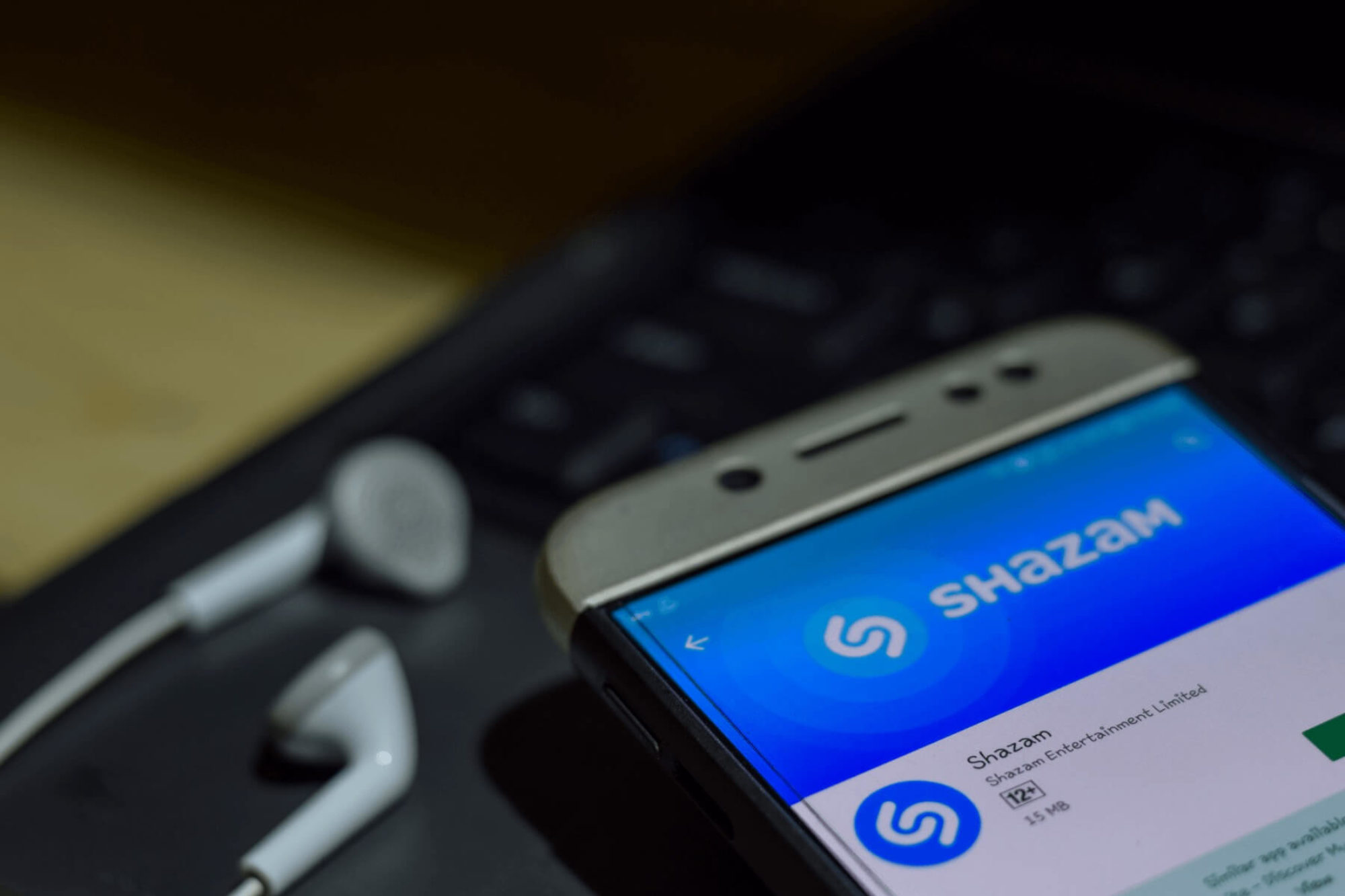Aiming for the market of the future – the fuel for Shazam’s journey to Apple
Posted 2 Oct 2018
In September 2018, Shazam reached a fabled milestone dreamed of by many tech startups – an acquisition by Apple Inc and with it the elevation to the global leadership of tech.
Shazam’s extraordinary journey over the past 18 years, concluding with an acquisition completed and announced by Apple this week. Shazam personifies the startup and scaleup values that Digital Catapult is here to encourage. An acquisition by Apple is a unique experience that I happen to have been involved in with two different companies over the last few years, but my work with Shazam was right at the beginning of their story.
I first met Shazam’s founders, Chris Barton and Philippe Ingelbrecht, in 2000 in Berkeley California, two years ahead of the company’s launch. Their CTO Avery Wang had the brilliant idea of finding a way to use a mobile phone to identify a song which was clouded in the ambient noise of a club or bar. It required a massive change in consumer behaviour and was quite literally an idea way ahead of its time.
Consider this, when setting up the company in 2000, they were three years before iTunes, seven years before the iPhone, and eight years before the App Store. The coolest phone at the time was the Nokia 8210 or maybe the Palm Treo (remember that?), both were small with black and white screens. Mobile microphones at the time were cheap and tiny, and applied low bit-rate compression that was good enough for the human voice, but pretty limited for picking up the sonic variation of music.
But the founders of Shazam had an incredible raw passion which they used to power themselves through the tough challenges they encountered on their way. They also weren’t looking at the market of their time; they were aiming for the market of the future – a strategy that every startup can learn from. Back in 2000, the mobile industry was in its first days of the great data revolution, so they knew the opportunity would come, but initially the user experience was terrible. In fact, coincidentally or perhaps not, it was the launch of the iPhone in 2007 which allowed Shazam to create a seamless user experience that transformed their business.
Shazam’s success is also a great testament to how creative industries and technology can spark synergies bringing together the potential for both innovation and revenues. With music as the driver, Shazam was founded around their algorithm, but of course, the notion that you would hold up your phone to identify a track being played in a bar or shop was a completely new piece of consumer behaviour. It took the advent of the iPhone and some fifteen years of product development and persistence to make that shift happen.
I was privileged enough to advise Shazam in the early days, providing advice on who to talk to, how to move things forward and where to set up in London. The two American founders realised that they needed to be in the most advanced mobile phone market in the world, with a high proportion of early adopters, if they were to make consumers adopt a new mode of behaviour. That was why they chose London, which at the time was way ahead of US digital mobile adoption. At that time, American mobile operators didn’t even have interoperable SMS.
These attributes are still very much the same here in the UK and it’s as good a place as ever for the next generation of tech startups. At Digital Catapult we see incredible ideas and talent getting involved in our programmes, and we provide unique facilities to allow people to try out new technology applications ideas. We identify and nurture the best of the UK’s tech startups through access to our programmes and facilities, managed partnerships with corporates seeking innovative ideas and more. Our mission is to nurture startups and scaleups with the most potential, so the UK can create a new generation of companies like Shazam and help them travel even further – and hang on in there as long as necessary to reach global scale and impact.